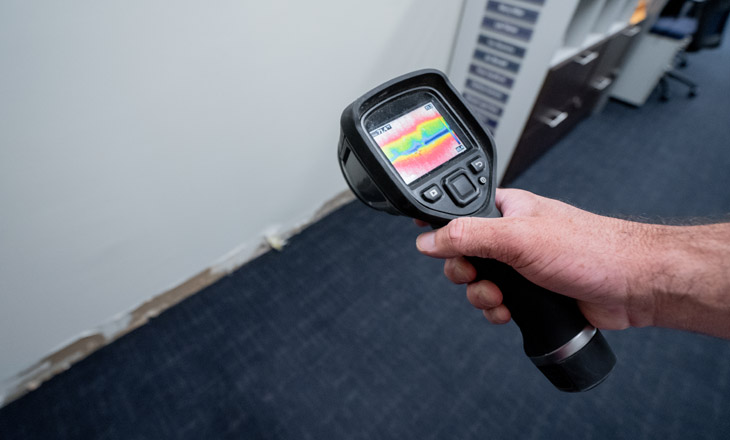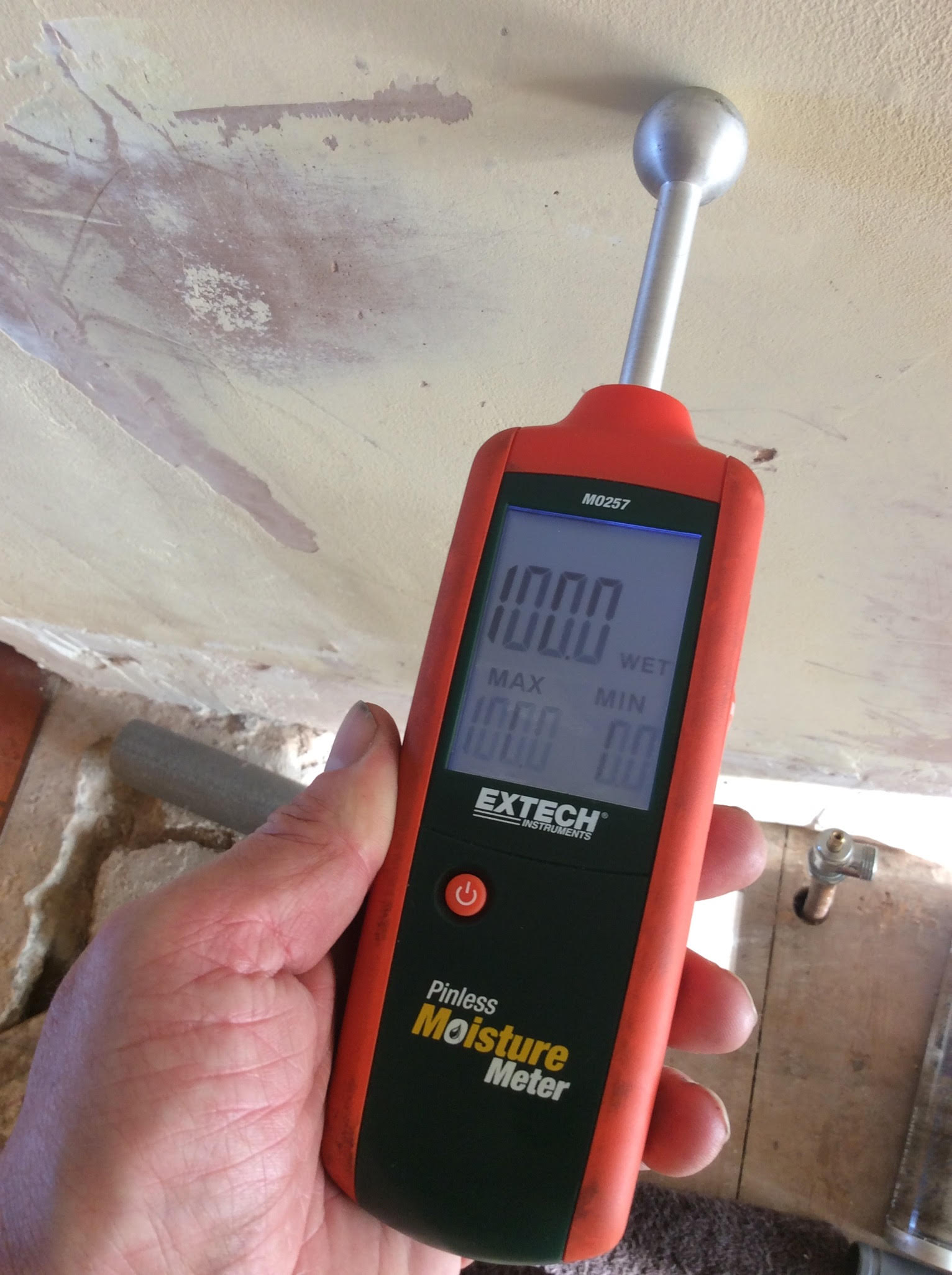Cutting-edge Solutions for Early Detection of Water Leakages in Structures and Infrastructure
From cutting-edge leakage detection modern technologies to the implementation of IoT sensing units for real-time tracking, the landscape of leakage prevention is advancing rapidly. Automated water circulation evaluation systems are reshaping just how leakages are identified and dealt with, paving the means for a proactive strategy to water leakage detection.
Advanced Leak Detection Technologies
Advanced leak discovery innovations, outfitted with sophisticated sensors and algorithms, play an essential role in quickly recognizing and determining water leaks in numerous settings. Electromagnetic sensors can determine changes in electromagnetic areas created by water, offering yet one more layer of leakage detection capability.

IoT Sensors for Real-Time Surveillance
In the realm of modern water leak discovery, the integration of IoT sensing units for real-time surveillance represents a pivotal innovation in improving positive leakage discovery capacities. These sensing units offer continual tracking of water systems, offering real-time information on water circulation prices, pressure variations, and temperature modifications. By leveraging IoT modern technology, these sensors can find even the smallest anomalies in water usage patterns, allowing very early recognition of potential leakages before they rise into major concerns.
IoT sensors transmit data to a centralized system, where innovative algorithms assess the information and produce alerts or alerts when irregularities are discovered. This real-time tracking capacity enables homeowner or facility managers to quickly address leakages, lessening water damages, minimizing fixing prices, and preserving water resources.
Additionally, IoT sensing units can be integrated with building administration systems, permitting for computerized actions to discovered leakages, such as shutting off water shutoffs or activating pumps to reduce the impact of leaks. In general, the application of IoT sensing units for real-time monitoring considerably improves the performance and efficiency of water leak discovery in structures and infrastructure.
Maker Knowing Algorithms for Leak Forecast

One find here trick advantage of using maker learning for leakage forecast is its ability to constantly find out and enhance its precision gradually. As more information is accumulated and fed right into the algorithm, it can fine-tune its predictions and adapt to altering conditions, eventually increasing the reliability of leak detection systems.
Moreover, artificial intelligence formulas can aid in determining refined indicators of leakages that might go undetected by typical surveillance methods. water leak detection. By assessing intricate data collections in real-time, these formulas can give very early cautions and alerts, enabling prompt treatment and preventative upkeep to mitigate potential water damages and connected prices
Utilizing Thermal Imaging for Leakage Discovery
Thermal imaging modern technology uses a promising strategy for finding water leakages in different systems and frameworks. By making use of infrared radiation and temperature level variations, thermal imaging electronic cameras can identify surprise leaks that are not conveniently noticeable to the nude eye.
Among the crucial advantages of thermal imaging for leakage detection is its non-intrusive nature. Unlike conventional approaches that may need burglarizing walls or floors to situate leaks, thermal imaging allows for non-destructive screening. This not just conserves time and reduces costs but likewise decreases disturbance to the building or framework being assessed. In addition, thermal imaging can promptly scan large areas, offering a detailed overview of potential leakage resources in a timely manner. Generally, using thermal imaging technology enhances the efficiency and precision of water leakage detection, making it a valuable device for maintaining the stability of structures and facilities.
Automated Water Flow Evaluation Equipments
Just how can automatic water flow evaluation systems reinvent the discovery and management of leaks in different systems and facilities? Automated water circulation analysis systems provide a proactive technique to leakage discovery by constantly checking water flow rates and patterns. By developing standard data, these systems can quickly recognize variances that might indicate a leak, enabling punctual intervention to protect against comprehensive damage.
These news systems utilize advanced algorithms to analyze real-time information and offer prompt signals when anomalies are spotted, enabling swift activity to be taken. Furthermore, automated water flow evaluation systems can be integrated with structure monitoring systems or IoT platforms, boosting general performance and enabling remote tracking capabilities.
Additionally, the information collected by these systems can be utilized for predictive maintenance functions, assisting to visit our website identify prospective weak factors in the framework prior to leakages take place. Generally, the application of computerized water flow analysis systems can considerably boost leakage detection and administration methods, ultimately leading to cost financial savings, reduced water wastefulness, and boosted sustainability in structures and infrastructure.

Verdict
To conclude, the assimilation of advanced leakage discovery modern technologies, IoT sensing units, maker learning algorithms, thermal imaging, and computerized water circulation evaluation systems supplies ingenious options for early detection of water leakages in structures and infrastructure. These modern technologies enable real-time surveillance, forecast of leaks, and effective detection methods to avoid water damages and waste. Implementing these services can assist in maintaining the honesty and sustainability of water systems in numerous settings.